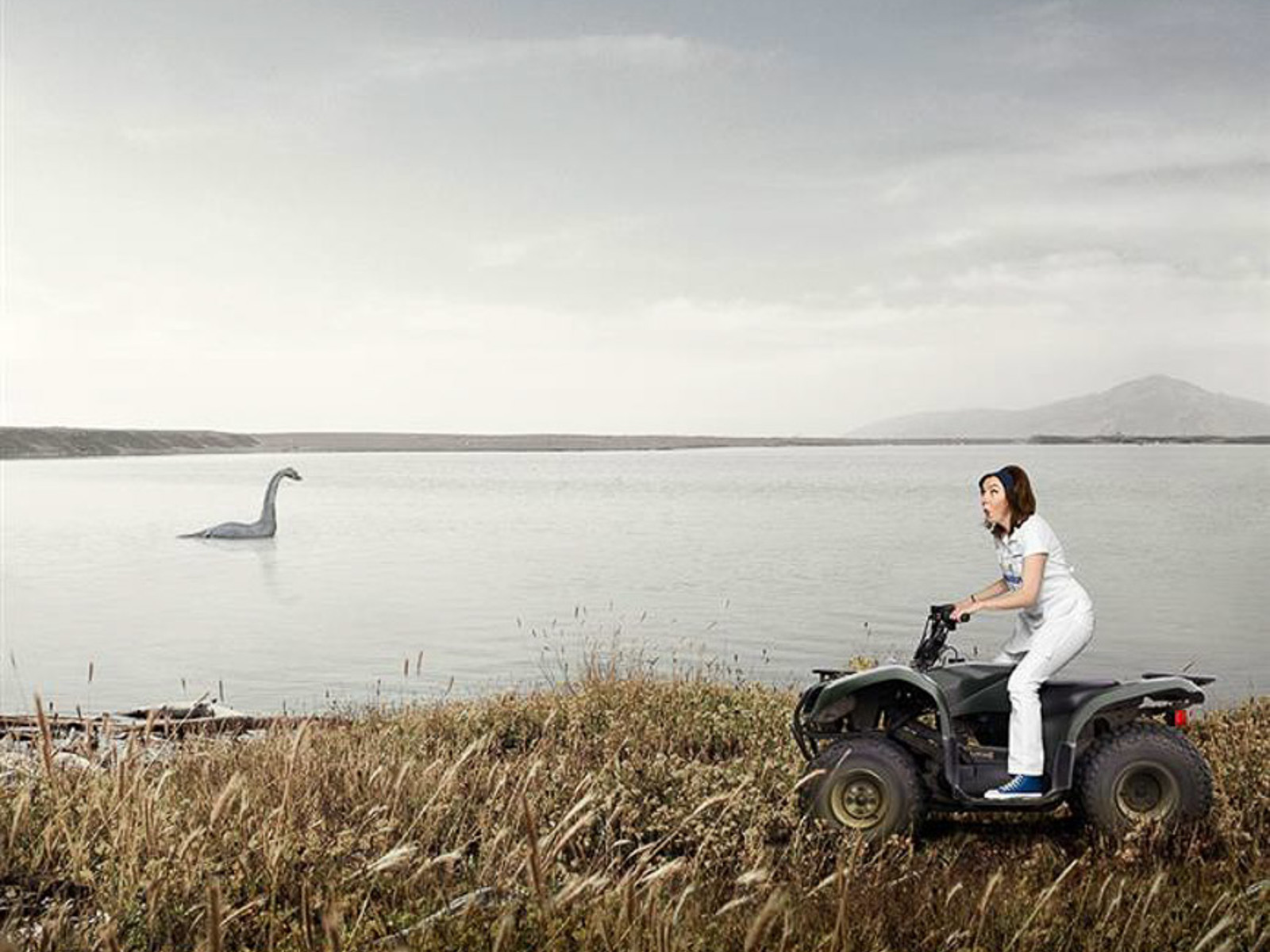In the not-so-distant past, TRG was housed in a small studio in Cleveland, Ohio. Our team of 15 worked from morning to night on video productions for broadcast commercials airing on TVs across the country, and photographs were to be used in catalogs, billboards, and magazine ads. Social media? Artificial Intelligence? Motion-controlled robotic cameras? Save ‘em for the sci-fi movies. Those were the days…
What began as a small photography studio with an ambitious team of fewer than 20 individuals evolved into a powerhouse in the multimedia production industry that is now able to capitalize on the increased demand for varied and immense amounts of content in all forms, rather than the one beautiful shot for a billboard or ad campaign.
In a world that is in perpetual motion, where every scroll, click, and tap seamlessly guides us through a visual narrative, and where our attention span lasts an average of 8 seconds, the future of multimedia production is evolving rapidly. All this reflecting on the past has brought us to one question: What is the future of photography in a motion-centric world?

Until recently, the world of multimedia production has been broken up into different facets: photography, videography, computer-generated imagery, and design. Now that we've all got microscopic computers at our fingertips, the traditional divisions between photo, video, CGI, and set design are fading, making way for a harmonious amalgamation of content. It's no longer about just photo assets or video assets; it's about ALL assets.
Here's how we see it: the era of demanding "just photos" or "just videos" has become a unified call for ALL content. Platforms are gearing up to support a diverse array of media, from captivating videos containing CGI imagery to dream-like photography combining many different images into one. This shift signals a change in the industry, where multimedia production companies play a pivotal role in shaping the future of visual storytelling.

One might wonder about the role of photos in this dynamic, motion-centric landscape. Are stills still relevant? Well, yes – but in a different way. Consider a typical shoot day at TRG, where we’ll record videos and take photo stills in one day. Video, with its dynamic motion, provides a unique storytelling opportunity. It brings products to life, showcasing them in real-world scenarios and emphasizing the lifestyle aspect. Photography, on the other hand, enhances the overall narrative by providing detailed, informative shots. Stills serve as teaser pieces, offering a snapshot of the narrative and acting as powerful tools for design and sales in large and small print pieces, catalogs, sale sheets, investor reports, and more.
The value of photography in a video-centric world is not just about capturing moments in still frames. It's about enriching the visual narrative, breaking down the barriers between mediums, and creating multimedia content that caters to the diverse needs of an ever-evolving audience and ever expanding marketing platforms. As we embrace this new era of content creation, the real power lies in integrating all assets, where the sum is truly greater than its parts.



